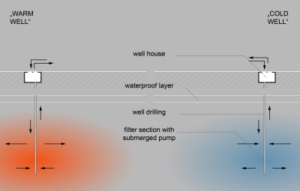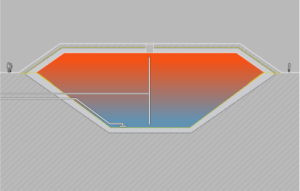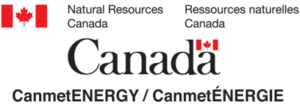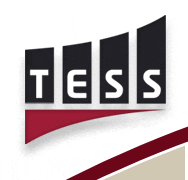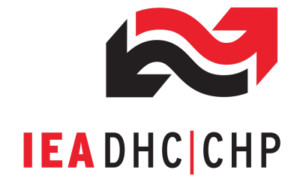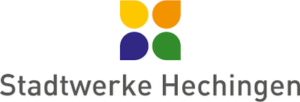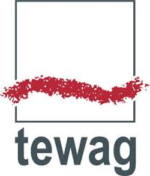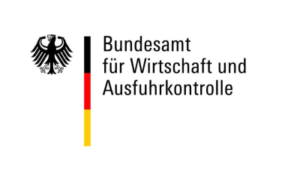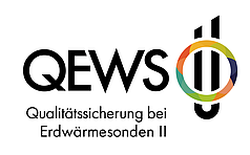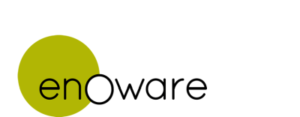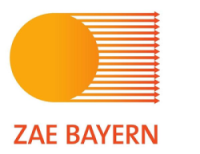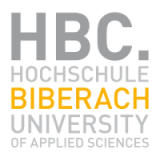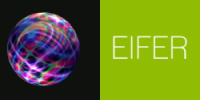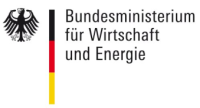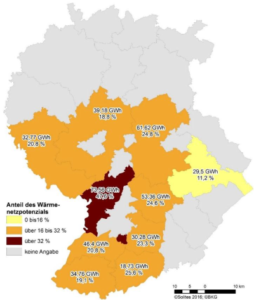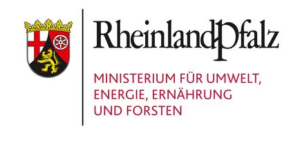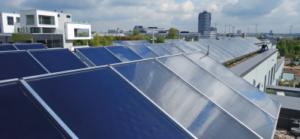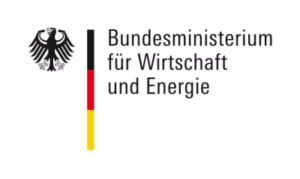Solarthermie für das Wärmenetz der Stadtwerke am See GmbH & Co. KG
Solarthermie für das Wärmenetz der Stadtwerke am See GmbH & Co. KG
Projektthema
- Solarthermie
- Nah- und Fernwärme
Aufgabe
- Beratung
Förderung
- Industrie/Wirtschaft
Projektdauer
08/2019 – 03/2020
Gesamtbudget
k. A.
Beschreibung
Die Stadtwerke am See werden dabei unterstützt, eine große netzgebundene Solarthermieanlage zu realisieren.
Auftraggeber
Stadtwerk am See GmbH & Co. KG
Partner
- Steinbeis Forschungsinstitut Solites (DE)
Ziel
Die Beauftragung durch die Stadtwerke am See GmbH & Co. KG zielt darauf ab, den Auftraggeber bei den vorbereitenden Schritten einer Ausschreibung zur Realisierung einer großen Solarthermieanlage zu unterstützen, um eine speziell für die Randbedingungen der Stadtwerke passende Solarthermieanlage zu erhalten.
Umsetzung
Basierend auf den gemeinsam mit dem Auftraggeber erarbeiteten Randbedingungen wird eine Grobdimensionierung der Solarthermieanlage mit Kurzzeitwärmespeicher durchgeführt. Eine aufbauende Wirtschaftlichkeitsbetrachtung weist die zu erwartenden Wärmegestehungskosten der unterschiedlichen Systemkonfigurationen aus.
Ergebnisse
Für die örtlichen Randbedingungen wurden mehrere Systemkonfigurationen zur solaren Deckung des sommerlichen Wärmebedarfs im Wärmenetzsystem ermittelt. Hierbei wurde ein besonderer Fokus auf die resultierenden solaren Wärmegestehungskosten gelegt.
Kontakt
Kai Schäfer
schaefer@solites.de
